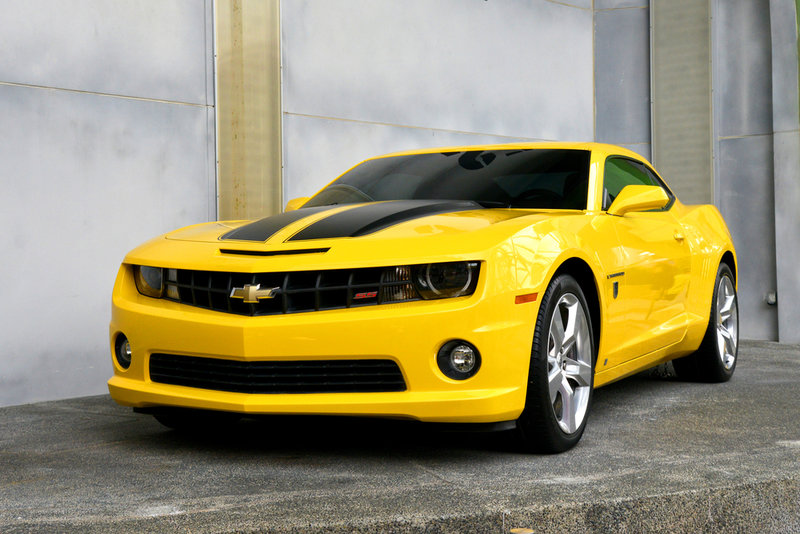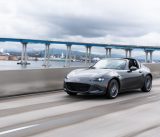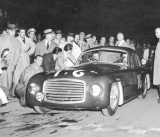
source: ShutterStock
The Chevrolet Camaro has several decades of history, always providing drivers with a fun and thrilling sports car. The Camaro was not original, as nearly any auto enthusiast will admit it stole plenty of inspiration from the Ford Mustang. Even so, it was an excellent idea and continues to be a popular vehicle.
First Generation
The first-generation Camaro lasted from 1967 to 1970 and was based on the compact Nova, but the upcoming redesign that was planned for 1968. This first Camaro had a unibody structure behind the firewall and windshield, with everything in front having a separate steel rail subframe. The Camaro’s 230-cubic-inch straight-6 engine worked with a 3-speed manual transmission and was rated at 140 horsepower. Original options included a 250-cubic-inch 6 with 155 horsepower, a 327-cubic-inch small-block V8 with 210 horsepower or 275 horsepower, or a 396-cubic-inch big-block V8 with 325 or 375 horses. This first Camaro also offered the Rally Sport appearance package and a high-performance Super Sport package.
Second Generation
The Camaro’s second generation began halfway through 1970 and ended in 1981, making it very sizable. Styling in this generation got inspiration from Ferrari and the convertible option was no longer offered. The auto also got heavier and larger. Unfortunately for enthusiasts, emissions regulations and the fuel crisis made the engine less powerful as the 1970s passed by. The Camaro Berlinetta arrived in 1979. It also got a new instrument panel, and this was the most popular model year ever for the Camaro.
Third Generation
The third-generation Camaro, from 1982 to 1992, was the first that did not have a leaf-spring rear suspension or front subframe. Instead, it used a modified MacPherson strut system in front and coil springs with a long torque arm in the rear. This was also when Camaro introduced factory fuel injection, a 4-cylinder engine, a 5-speed manual, a 4-speed automatic, a hatchback body, and 16-inch wheels. However, the engine choices were not as exciting as they had been in previous years, offering a range of options from 90 to 165 horsepower. Big engines made a comeback in 1987, including a 5.7-liter V8 with 225 horsepower plus improved drivability. The Camaro convertible also returned this year.
Fourth Generation
Lasting from 1993 to 2002, the fourth-generation Chevy Camaro shared the rear suspension and lots of floor stamping with the previous generation. However, it had almost everything else new. These updates included a new sleeker profile, rack-and-pinion steering, a short-arm/long-arm front suspension, and plastic front fenders. The lineup also got simplified to just a sport coupe using a 3.4-liter V6 with 160 horsepower and a Z28 with the 275-horsepower 5.7-liter LT1 V8.

Source: ShutterStock
Fifth Generation
Starting in 2010, the fifth generation followed an eight-year hiatus, thrilling drivers and automotive enthusiasts everywhere. It is available as a coupe in one of three trims with retro styling and modern features, plus a huskier stance. The engines are also modern, with options like a 304-horsepower 3.6-liter V6 with direct injection and a 426-horsepower 6.2-liter V8.





